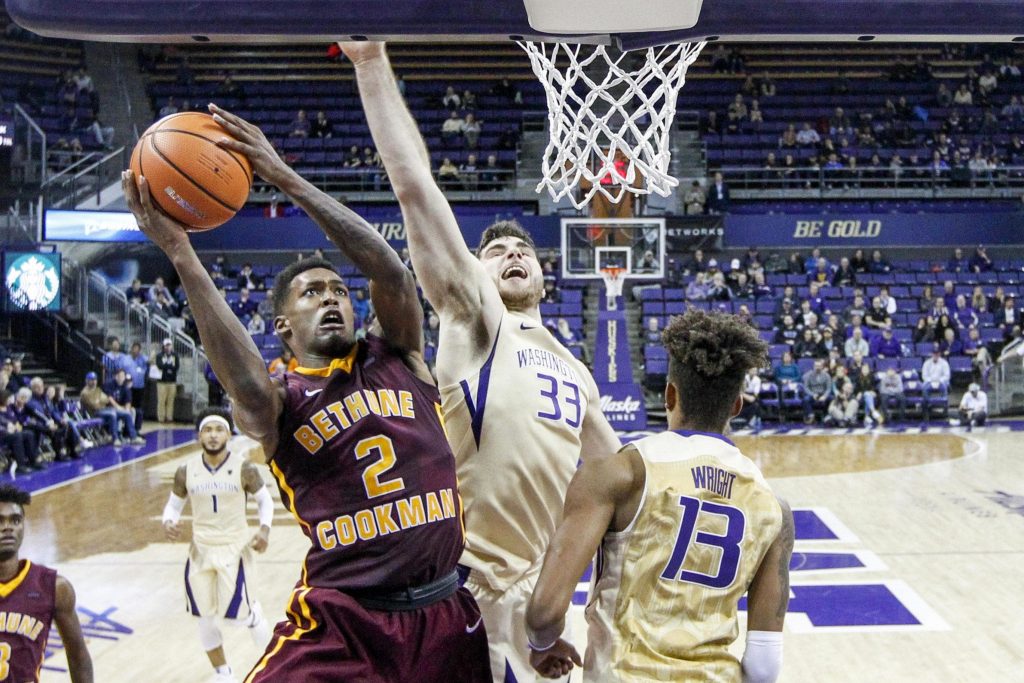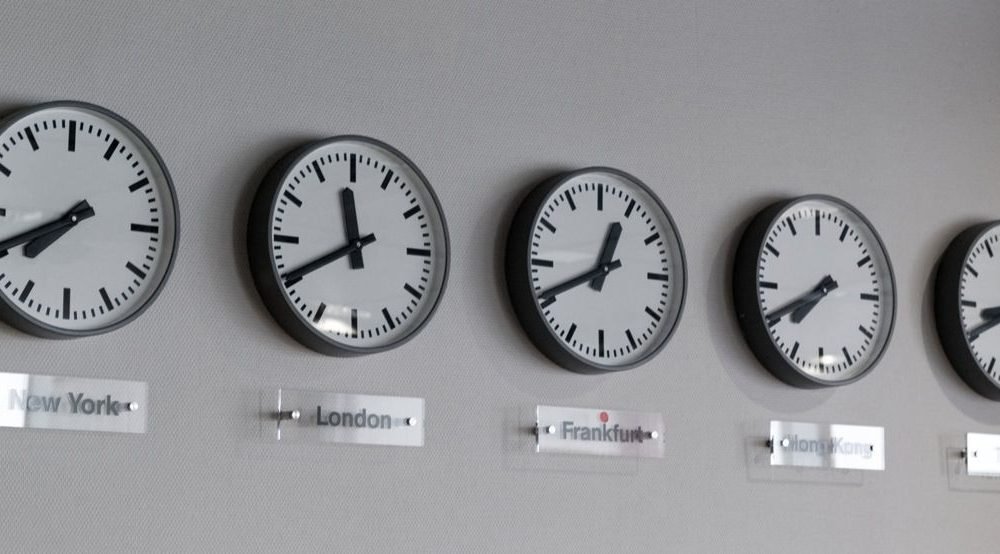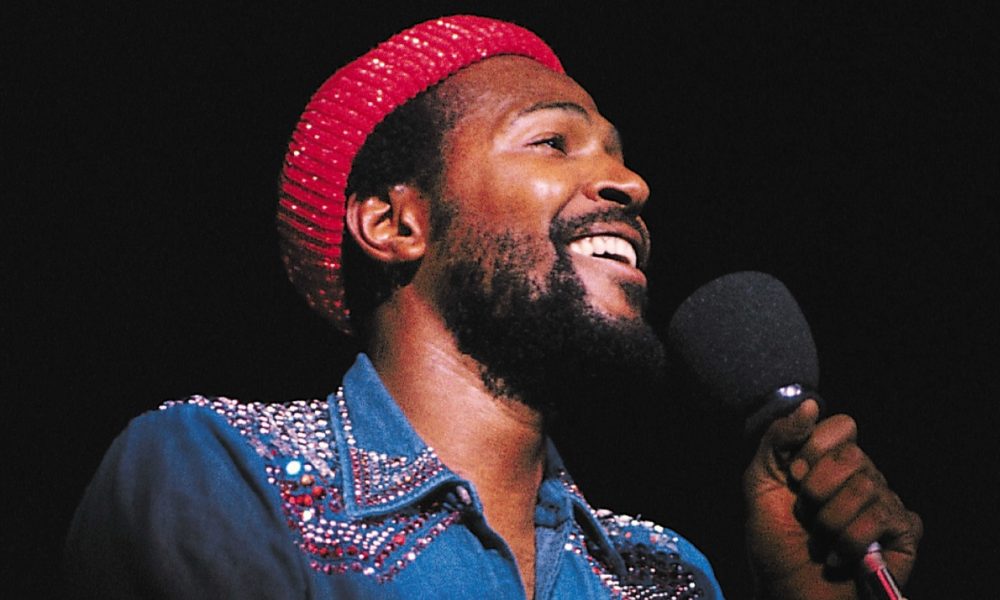A new California law could redefine college basketball.
SB 206, also known as the Fair Pay to Play Act, would radically alter long-standing amateurism laws by allowing college athletes to be paid for their name, image and likeness and enabling them to sign endorsement deals.
The act unanimously passed the California State Assembly in early September. It is expected to have similar success in the State Senate, after some minor tweaks. California governor Gavin Newsom will then have 30 days to act on the bill. If he signs it into law, it will go into effect in 2023.
The movement to pay college athletes is gaining traction, with mainstream politicians like Bernie Sanders and Andrew Yang endorsing the idea. More importantly, high profile basketball figures like LeBron James have also come out in support.
“College athletes can responsibly get paid for what they do and the billions they create,” James tweeted about the bill.
The pressure is now on the NCAA to act and, so far, it has vehemently opposed the Fair Pay to Play Act. Its president Mark Emmert has deemed the bill “unfair” to other schools, and the association has threatened to expel California schools from NCAA competition. This would especially hurt the Pac-12 Conference, the most successful athletic conference in NCAA history featuring schools like Stanford, the University of South California and Berkeley, but it would also harm the NCAA. In 2018, Pac-12 revenue was $497 million, and essentially eliminating California — one of the most profitable markets in sports as a whole — from NCAA competition would certainly lead to backlash.
Some will argue athletes already receive enough compensation with financial scholarships, the opportunity to receive a college education and nationwide exposure, but that does not take the massive revenue they generate for their respective colleges into account. It also ignores the idea that some college athletes’ goal is not to finish school.
“Why should we have to go to class if we came here to play FOOTBALL? We ain’t come to play school,” Cardale Jones, a former quarterback for Ohio State University, once tweeted.
Ben Simmons, a current NBA All-Star and a former number one draft pick, would probably agree with Jones’ stance. Simmons admitted to only working “hard” enough to maintain a 1.8 GPA so he could play the entire school year. During his sole year in college, he averaged 19 points, 12 rebounds, and 5 assists — an unprecedented stat line in college basketball — but he was ineligible for end of year awards due to his poor academic performance.
Despite his remarkable on-court performance and the attention he brought to a dormant LSU basketball program, Simmons did not receive a single piece of the pie while at Louisiana State University. Keep in mind the NCAA made nearly $1 billion in revenue while Simmons was in college during the 2015-16 season. Three years after leaving LSU, he has now signed a five-year, $170 million contract extension with the Philadelphia 76ers. Some believe this is the proper compensation he has merited all along.
However, not everyone can be like Simmons. Most college basketball players are not generational talents that can combine once-in-a-lifetime physical gifts, an advanced understanding of their sport and a relatively mature approach to life. Yet, that does not stop them from trying to emulate the success of previous high school stars like Simmons.
High school basketball players are exploring alternative routes to a professional career, besides college, more than ever. R.J. Hampton and LaMelo Ball, two high school prospects touted as future first round picks in the next NBA Draft, will bypass the upcoming college basketball season and instead play in the Australian league.
Hampton had a 3.7 GPA and an SAT score in the 1300s coming out of high school, meaning he could have comfortably committed to a basketball powerhouse like Duke or Kentucky. However, that would have meant passing up on an opportunity like signing a lucrative five-year shoe deal with Chinese apparel company Li-Ning.
Even less starry prospects are determined to pave a new path. Kenyon Martin Jr. had initially decided to play for Vanderbilt University before recanting his letter of intent; preferring to complete a “post-graduate” year at IMG Academy, a glorified boarding school in sunny Florida that also serves as an NBA pipeline. Martin Jr. was generally perceived as either a multi-year prospect or a non-prospect during his college recruitment process, but that has not deterred him from declaring his intention to enter the 2020 Draft after his stint at IMG.
Even Phil Wheeler, a 17-year-old high schooler, will no longer finish his senior year. He chose to sign what has been reported as a three-year contract to continue his basketball education in Italy. “Now I won’t have as many distractions,” he told Stadium. “This is all about development. I want to improve on the court, and I feel like this is the best way for me to do that.”
Even if Mark Emmert and the NCAA are somehow able to repeal or delay the Fair Pay to Play Act, it may be too late. Other states, such as South Carolina, have also started work on similar legislation. Moreover, athletes are more empowered, at younger ages, than ever before. Combine that with the possibility that the NBA might allow entry into the NBA draft directly out of high school once again, and it’s tough to imagine the NCAA not dying a slow death in the coming decades.
In fact, the NCAA’s only option for long-term survival might be to embrace the Fair Pay to Play Act and hope exposure to a United States audience, the possibility of a college education and the added bonus of revenue is enticing enough to convince prospects to not buck what has been the trend for over a decade.




Comments are closed.